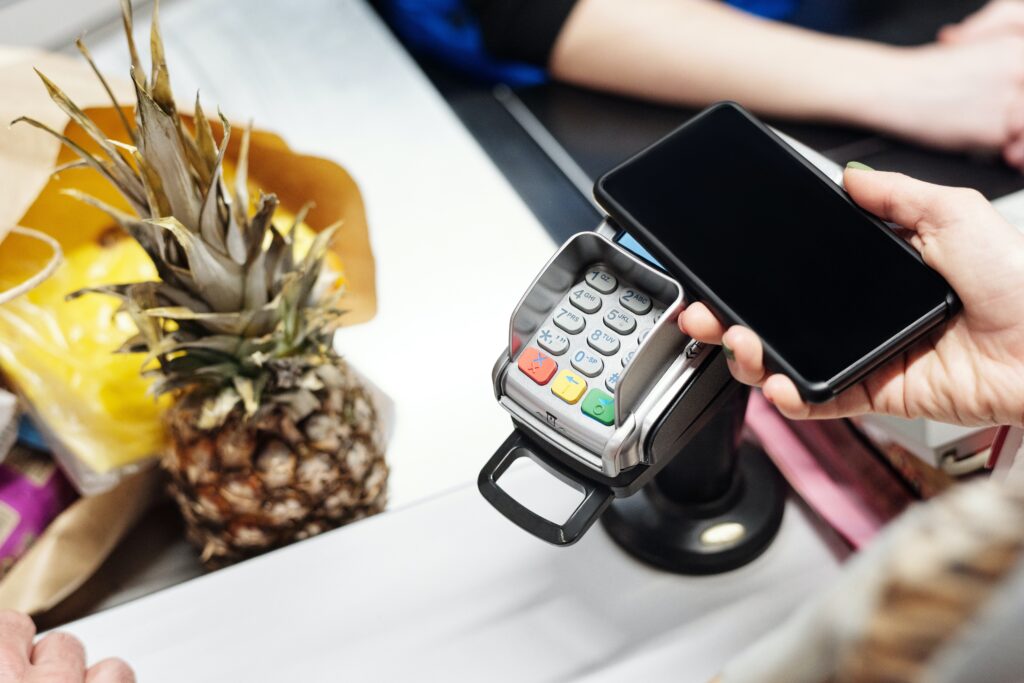From check-out to replenishment, inventory management to efficient in-store displays, retail technology encompasses the deployment of electronic and technical solutions in retail and online businesses. This includes such innovations as credit card processing, wireless payment processing, internet retailing, website design and merchandising, software and hardware solutions for in-stock management, point of sale software, wireless payment processing, and electronic identification and bar code scanning. These have made life easier for both customers and retailers. But the rapid pace at which technology is evolving could be limiting its ability to serve certain needs.
In some ways, retailers are forced to adapt to changes in retail technology. While it is not possible to predict what new applications for a given technology will be introduced in the future, there are many promising areas for improvement, including high-tech tools that can help retailers manage their inventory more effectively, address customer complaints and improve cash flow. With all of the technological changes taking place in retail, it’s important to update and modernize your practices to stay up to date. Here are some areas for which technology can be beneficial.
Customer service is one of the key areas for which retailers are making changes in their business practices. Technology has opened doors for addressing customer concerns about both product quality and service, especially in terms of voice assistants. Voice assistants allow customers to contact store clerks and managers with simple questions about products or services. The advances in voice assistant technology make it easier than ever for store clerks to handle customer requests and inquiries and to perform basic tasks. And some voice assistants are capable of much more, including providing customers with answers to Frequent Questions and suggesting answers to frequently asked questions.

Another area for which retail technology is making a difference is in the realm of in-store promotions. Many large retailers have been experimenting with interactive marketing strategies to encourage customers to buy more, using such tools as interactive touch screens and other new technology that interact with consumers in an interactive manner. Research by independent groups has shown that such strategies can increase sales by as much as fifteen percent. Many large retailers are looking at this technology as a way to not only create in-store promotions but also promote the company through its various social media channels.
Customer service isn’t the only thing that has been affected by advanced retail technology. In fact, the ability to interact with customers has also helped retailers increase loyalty levels. One of the main reasons why shoppers don’t return to certain stores over again is because they feel let down by the experience. Research by independent groups has shown that increasing interaction between a shopper and a staff can help that shopper be more satisfied with his or her shopping experience and increase the likelihood that person will return to that same store. Studies also suggest that increased interaction between employees and customers also leads to higher productivity, which results in both company profit and satisfaction.
Driving retail technology trends in this day and age can be difficult. The advances that have been made in computer technology, telecommunications, and the Internet have resulted in amazing improvements in many industries, but there are still some key areas that remain open. As technology drives retail, it can only help pave the way toward more innovative, efficient, and successful business practices. By keeping the focus on the basics, retailers stand to benefit from the basics like customer service and the basic principles of sales and marketing.